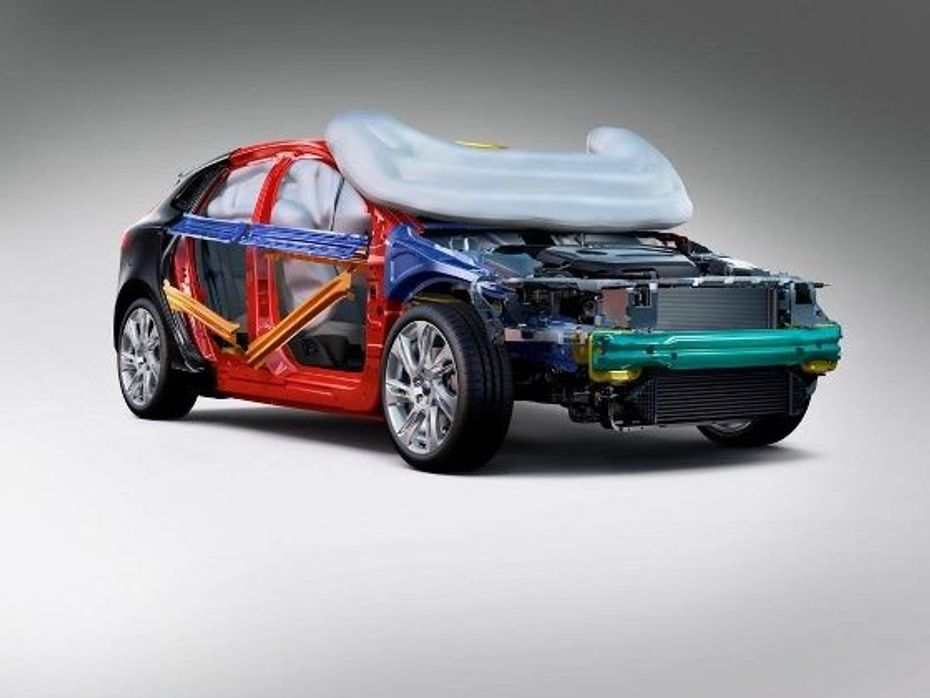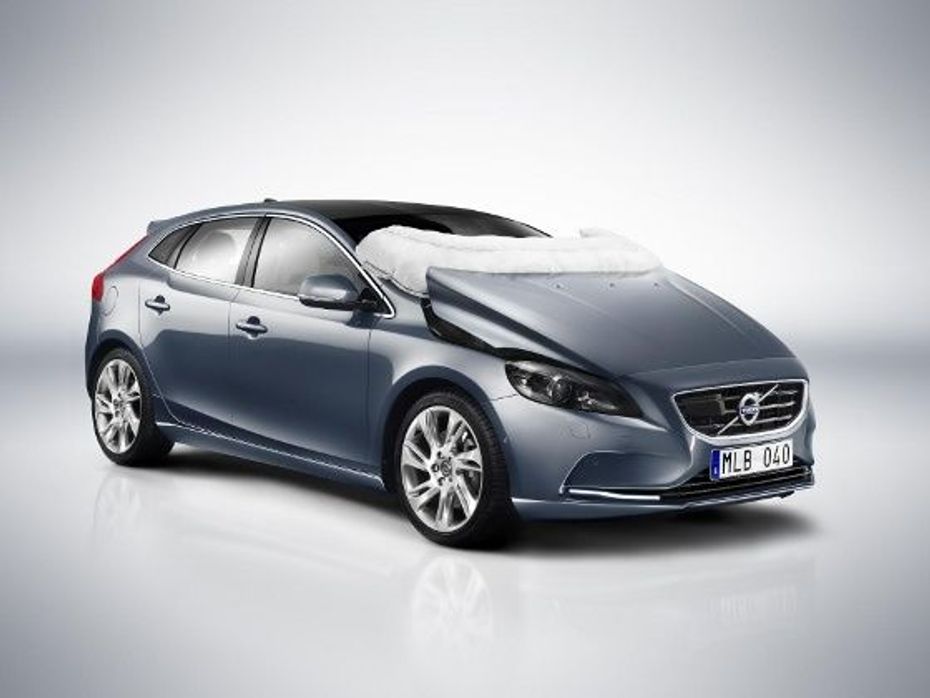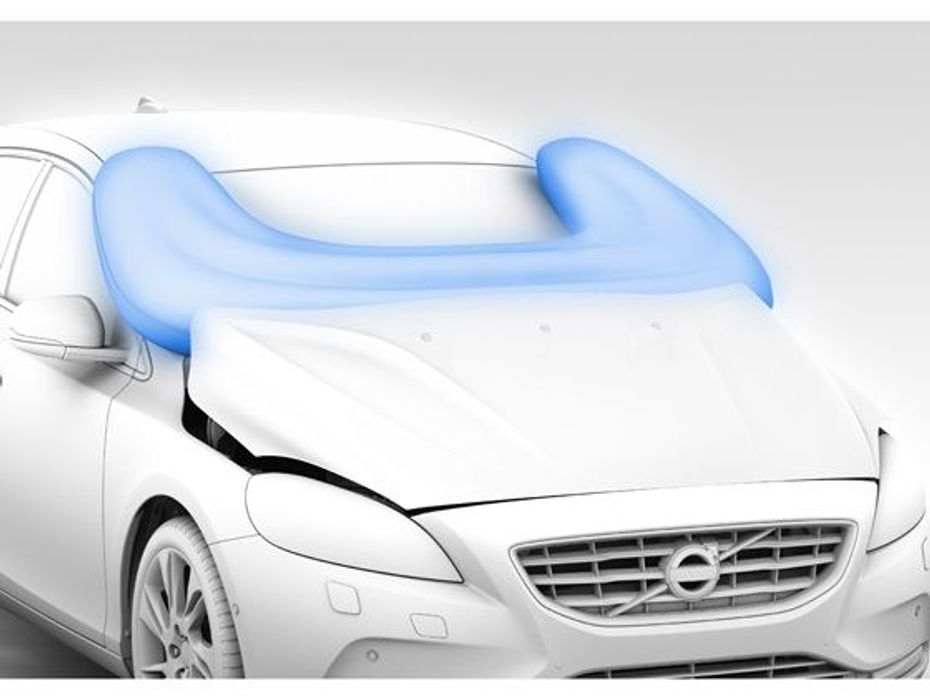
Opinion: Volvo XC90 Accident: Why Safe Cars Do Not Equal Safe Roads
- Jan 5, 2025
- Views : 543


The world's first pedestrian airbag fitted as standard on the all-new Volvo V40 is the next step towards the manufacturers target that no-one should be killed or injured in a new Volvo by 2020. The revolutionary new airbag is launched one year after Volvo, as a strategic partner of the Parliamentary Advisory Council for Transport Safety (PACTS), joined road safety experts and MPs to set the blueprint in the UK for safer roads over the next 10 years with the launch of the United Nations Decade of Action for Road Safety. Volvo's new Pedestrian Airbag will go some way to help further reduce the number of fatalities involving pedestrians, currently 14 per cent in Europe and 25 per cent in China.
Every year, 1.3 million people are killed on the world's road. For Volvo, safety has been a key priority for 85 years and in 2008, launched a unique goal in that ‘By 2020, nobody shall be seriously injured or killed in a new Volvo' and to contribute towards the aim, it has fitted technology including Pedestrian Detection, City Safety and the Pedestrian Airbag. The Pedestrian Airbag technology was a world breakthrough when the all-new Volvo V40 was launched in Geneva earlier this year and will to be fitted as standard to all specifications. The system is active at speeds between 20 and 50 km/h. 75 per cent of all accidents involving pedestrians take place at up to 40 km/h.

The most serious head injuries involving pedestrians and cars are caused by the hard structure under the bonnet, the windscreen's lower edge and the A-pillars. These were the main areas that Volvo Car Corporation looked at when starting development of its Pedestrian Airbag Technology. Seven sensors embedded in the front of the car transmit signals to a control unit. When the car comes into contact with an object, the signals change. The control unit evaluates the signals and if it registers what it interprets as a human leg the pedestrian airbag is deployed.

The bonnet hinges are each equipped with pyrotechnic release mechanisms which, when the system is activated, pull out a pin and release the rear of the bonnet panel. At the same time, the airbag (consisting of a sack and a gas hybrid generator) is activated and starts filling with gas, which only takes a few milliseconds. During the inflation sequence the airbag raises the bonnet by 10 centimetres and stays in the raised position. In its inflated position, the airbag covers the entire windscreen wiper recess, about one-third of the windscreen and the lower part of the A-pillars. The entire sequence from activation of the system to full inflation takes a few hundredths of a second.

Opinion: Volvo XC90 Accident: Why Safe Cars Do Not Equal Safe Roads

Renault Extends Standard Warranty On Kwid, Triber, And Kiger To 3...

Hyundai Exter: Welcome To The New World Of Thrills And Technology

Hyundai Creta Level-2 ADAS Explained, Perfect For Indian Road...

Hyundai Exter: An Year Long Ownership Experience That Left Us Wanting...

2024 Toyota Camry Launched In India At Rs 48 Lakh; Now...

Kia Syros Unveiled Globally As The Most Premium Sub-4m SUV In India

Is The Kia Syros More Compelling Than The Best-selling Hyundai Creta?

New 2024 Honda Amaze Arrives In India At Rs 8 Lakh

Auto Expo 2025 - All You Want To Know About The Hottest Auto Show!
India's largest automotive community
 Kia Syros
Rs. 8.99 Lakh
Kia Syros
Rs. 8.99 Lakh
 Vayve Mobility Eva
Rs. 3.25 Lakh
Vayve Mobility Eva
Rs. 3.25 Lakh
 BMW X3
Rs. 75.80 Lakh
BMW X3
Rs. 75.80 Lakh
 Hyundai Creta Electric
Rs. 17.99 Lakh
Hyundai Creta Electric
Rs. 17.99 Lakh
 Lotus Emira
Rs. 3.22 Crore
Lotus Emira
Rs. 3.22 Crore